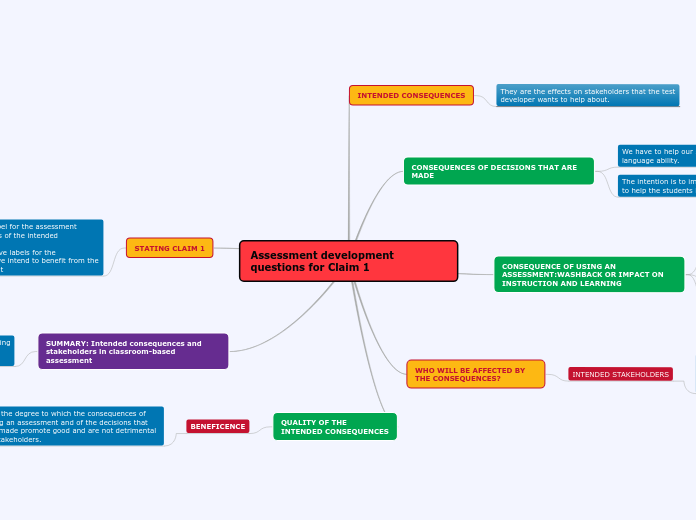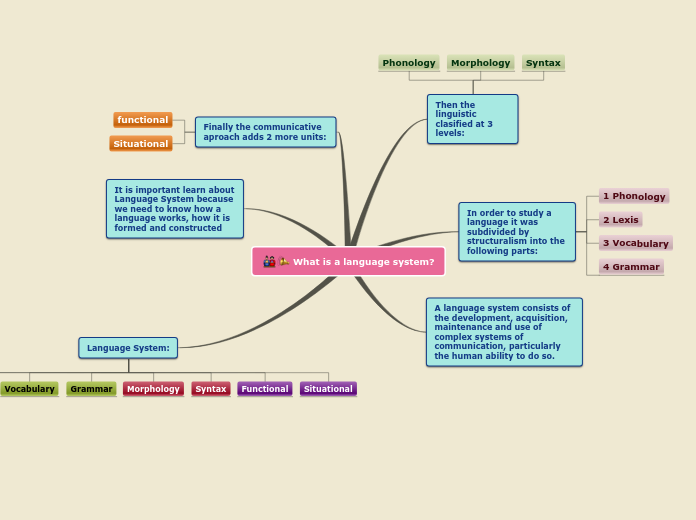How to Take a Child From Concrete to Abstract: Early mathematics experiences using concrete materials form the foundation for all later learning in mathmatics. A child's early attitudes about math determine there interest and motivation towards learning and using math. Without a sufficient number of appropriate concrete math experiences that providesufficient modeling for math concepts, at the early stage in the child's development, the child will encounter many learning difficulties in the future. The learned cooncrete concepts should be PLANNED to avoid frustration.
M. Examples of Concrete Instructional Materials
Dienes's Blocks
Flavell Materials
Unifix Cubes
Cisenaire Rods
Stern Blocks
Visual Clustering
Ability to identify the number of objects in a collection by visually approximating it, which means counting in clusters rather than one to one.
K. The Five Step Spiral
Step 1: Free Pay
Step 2: Primary Operations and Primary Concepts
Step 3: Manipulatives Activities
Step 4: Recording the Concrete Experience
Step 5: Experience at the Abstract Level
I. Estimation
Ability to see the range of the possible answers.
F. Perception and Mathematics Learning
The very nature of math isists that a person must perceive objects, their attributes and their relationships.
D. Mathematics Concept-triad
Every math concept consists of three components: Linguistic, Conceptual, and Skill.
B.Need for Manipulative Materials
In most cases, as soon as the child has been provided with appropriate concrete manipulative experiences and effective ways of their use the child learns mathematics much more quickly and effectively.
L. Implications
Teachers should never assume a student is at the formal level of math for that grade. Students need to demonstrate through REPEATED experiecnes their understanding of the abstract.
It is important that the teacher regularly exposes children to the oral use of math terms and at the same time asks them to verbalize their concrete experiences.
J. Tactile and Logico-Mathematical Experiences
A child's success in either of these concepts-visual clustering and estimation, is dependent on the extent of the child's concrete experiences. Thus, to help children in the abstract math activities, the teacher needs to assess the child's level of cognitive development and the extent of concrete experiences he has had.
G. Learning Process
Every new mathematics concept has its own cognitive complexity, but at the same time it is dependent on many of the earlier concepts because each concept is developmental and cumulative in nature.
E. Key Skills
Students can rely on one manipulative to solve problems. This can cause an over reliance for the student. To avoid this a teacher needs to present a mathematical concept in more than one concrete material and model.
C. How Long? How Much?
When and how to remove munipulatives materials as instructional aids in teaching of mathematics cocepts?
A.Important Factors in Mathematics Learning
Strong and appropriate connections between the learning experiences at different levels must be made.









